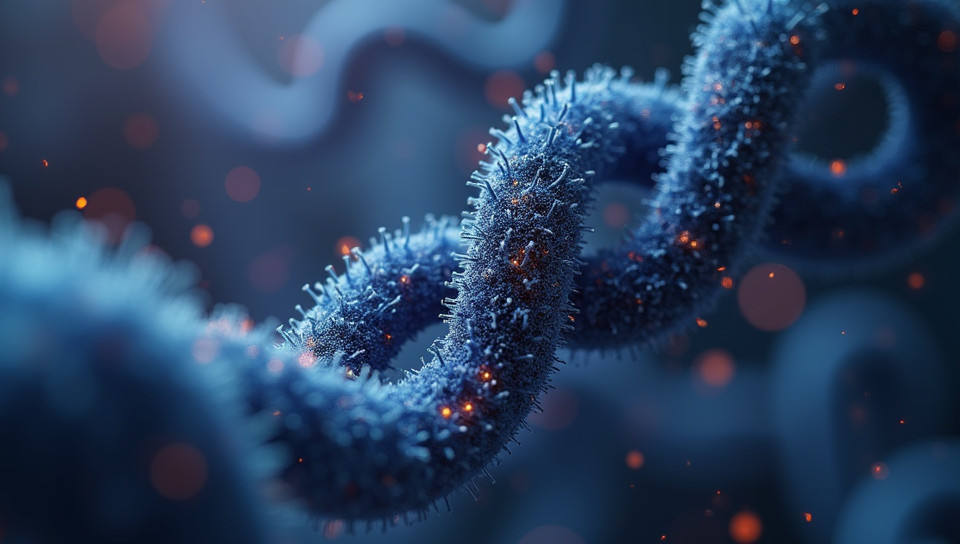The CRISPR method still carries gene mutation risks 76%

The Promise and Peril of CRISPR Gene Editing
Gene editing has revolutionized the field of genetics, offering unprecedented possibilities for treating genetic diseases and improving crop yields. At the forefront of this revolution is CRISPR-Cas9, a powerful tool that allows scientists to edit DNA with unprecedented precision. However, despite its promise, CRISPR still carries significant risks, particularly when it comes to gene mutations.
The Mechanics of CRISPR
CRISPR-Cas9 works by targeting specific sequences of DNA and cutting them at precise locations. This allows researchers to insert new genes or modify existing ones, potentially curing inherited diseases or creating crops that are more resilient to pests and disease. However, the process is not without its risks.
Off-Target Effects
One of the primary concerns with CRISPR is off-target effects. When the CRISPR enzyme cuts DNA, it can sometimes make unintended modifications to other parts of the genome. These mutations can have significant consequences, potentially leading to birth defects or cancer.
- Incorrectly edited genes
- Unintended changes to gene expression
- Increased risk of genetic mutations
The Complexity of Human Genetics
Another challenge with CRISPR is the complexity of human genetics. Humans have over 3 billion base pairs of DNA, and even small changes can have significant effects on health. Moreover, many genetic diseases are caused by multiple mutations that interact in complex ways.
Regulatory Challenges
As CRISPR becomes more widespread, regulatory agencies must grapple with its implications for public health. Should gene-edited babies be allowed? What safeguards need to be in place to prevent off-target effects? These questions will require careful consideration and nuanced regulation.
Conclusion
While CRISPR holds tremendous promise for treating genetic diseases and improving crop yields, it still carries significant risks, particularly when it comes to gene mutations. As researchers continue to develop and refine this technology, it is essential that we prioritize caution and rigor in our pursuit of scientific progress. By acknowledging the potential pitfalls of CRISPR, we can ensure that its benefits are realized while minimizing its risks.
The future of gene editing will be shaped by careful consideration of its implications for human health and society. As scientists, policymakers, and citizens, we must work together to navigate this complex landscape and harness the power of CRISPR for the betterment of humanity.
- Created by: Marcia Costa
- Created at: Jan. 13, 2025, 7:01 p.m.
- ID: 17830









